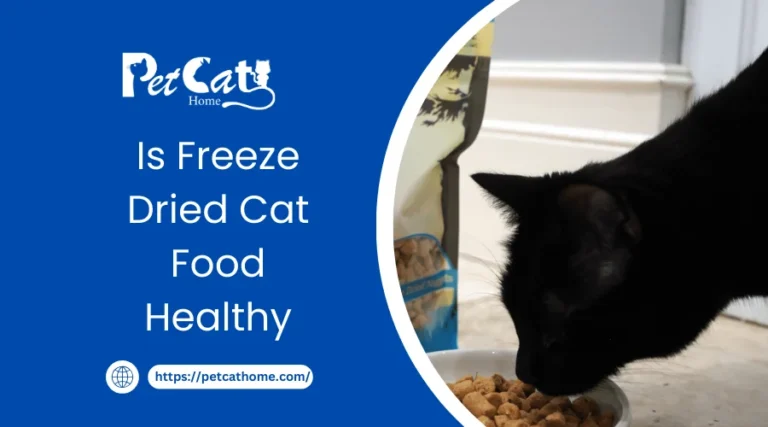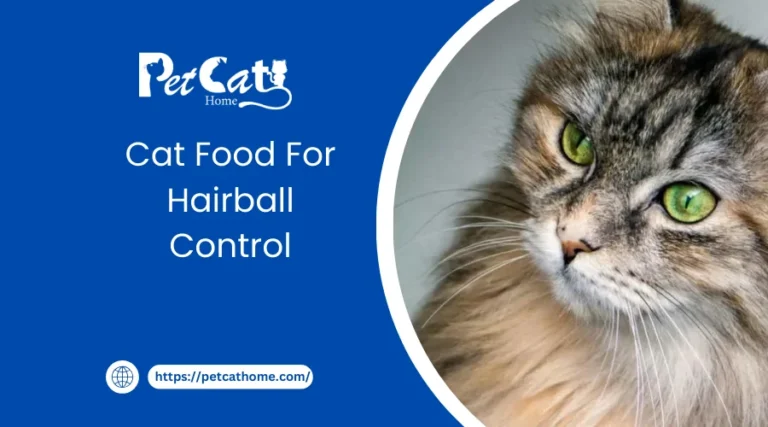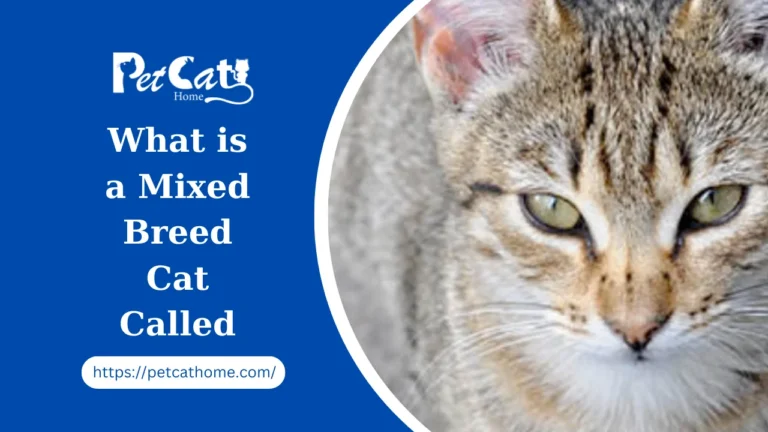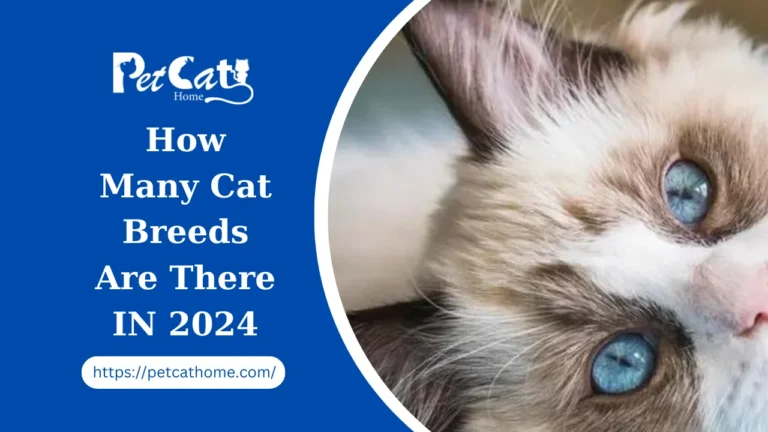Do Cats Love Their Kittens
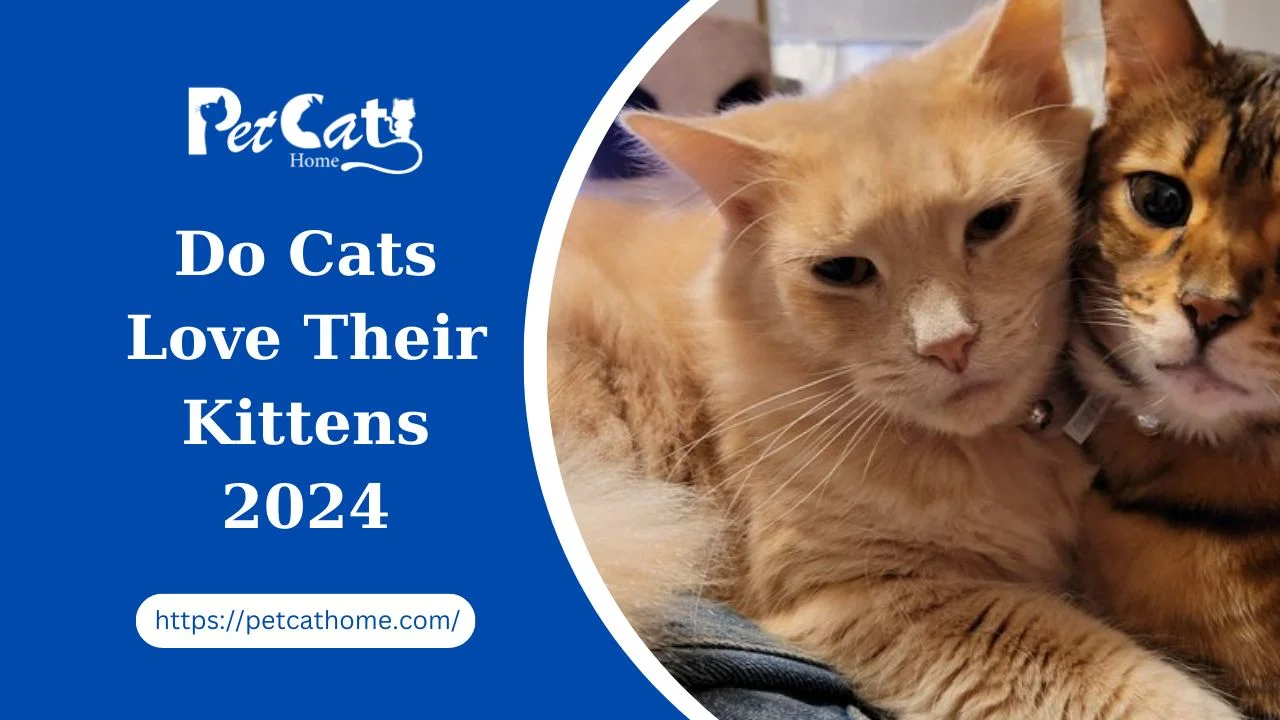
Indeed, most cats love and adore their babies. Kittens are frequently shown attention, care, and protection by their mother cats love, or queens. They tend to them, teach them vital survival skills, and nurture them. The health and growth of the kittens depend on this link.
Yes. Cats are incredibly cute animals that adore their kittens. Their innate maternal instincts cause them to nurture and shield the kittens until they are strong enough to live alone.
But do Cats love to Recognize Their Kittens?
Unlike humans, cats do not recognize individuals just by their faces or other outward characteristics. Still, among other things, they can identify their kittens. Cats search for their young by using their sense of smell. Their cries also help them find and identify them. Tiny kittens can recognize their moms by scent as well.
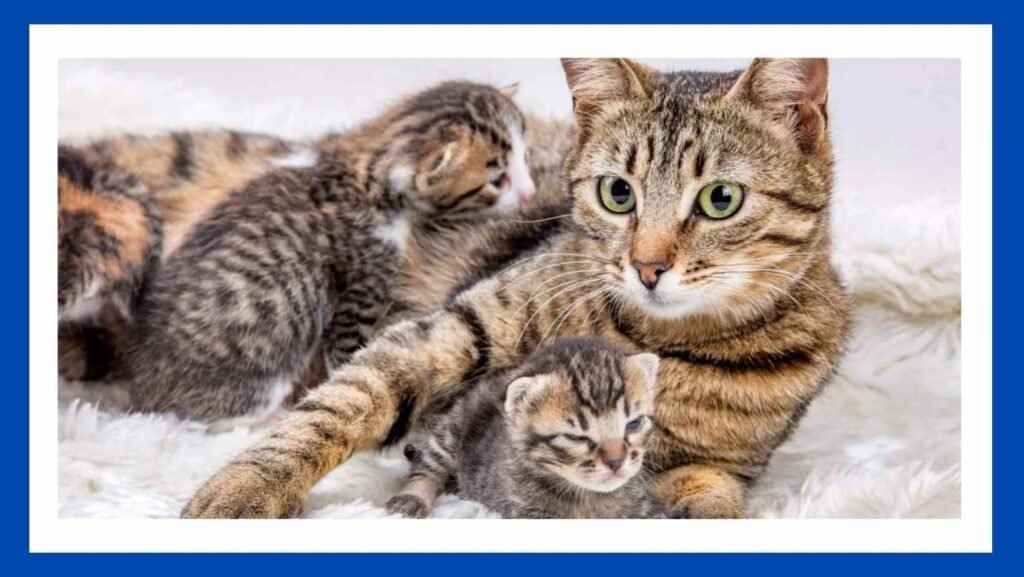
However, a cat’s maternal affection is not just reserved for its offspring. Since they consider themselves to be the kittens’ parents, they adore every kitten in their immediate vicinity.
Do Male Cats love and care about their Kitten?
It is important to acknowledge the father’s role while discussing the instincts of a mother cat. Although male cats tend to be less bonded to their young on an emotional level, fathers typically take on the role of caregiver if their offspring are not domesticated and must go food hunting. They allow the mother cats to tend to the kittens while they carry food home, rather than looking after little children.
Toms, or male cats, have different levels of commitment to their kittens. Male cats do show concern for their kittens, even if their involvement may not be as constant or caring as that of mother cats. They may occasionally offer the kittens protection or even engage in play, although this behavior varies from cat to cat and is less frequent than the maternal care given by mother cats.
Do Some Cats Hate Their Kittens?
No, cats do not despise their kittens; nevertheless, they may become irritated and impatient with the kitten if it demands attention all the time. Once a certain amount of time has passed, perhaps approximately 12 weeks, the cats no longer wish to keep their kittens and prefer that they live independently. It doesn’t imply that they despise their children. Rather, it’s how they’re training them to be independent.
Cats rarely express their blatant hatred for their kittens. On the other hand, there are instances in which a mother cat may act hostilely or rejectingly toward her kittens. This may occur for many reasons, including stress, disease, feeling threatened, or if she thinks there is a problem with the kittens (such as a sickness or deformity).
To protect the welfare of the kittens and the mother cat love in such situations, it is crucial to identify and treat the underlying reason and, if required, seek guidance from a veterinarian or animal behaviorist.
Do Cats Abandon Their Kittens?
It would be incorrect to claim that cats forsake their young. They do, however, abandon the kittens and encourage them to fend for themselves. For up to 12 weeks, young kittens usually require the presence of their moms. Kittens can start eating solid food and don’t require their moms to be with them all the time after 12 to 16 weeks.
Do Kittens die when their Mothers Leave them?
When their mothers leave, kittens may get separation anxiety. They search for them and make an effort to locate them. The mother and the kittens find separation challenging since they are both acclimatized to the new situation. They could also appear nervous and stop eating for a few days. Kittens eventually learn to live independently, so this fear is just temporary.
Why Do Cats Show Aggression?
Don’t panic if you’ve witnessed your cuddly cat love turn into a ferocious tigress after giving birth. Hormonal fluctuations lead to a common behavior in cats: maternal aggressiveness. To protect their infants from harm, they adopt their mindset. She will be less hostile toward you and less afraid of the kittens if you keep them in a remote location.
Cats can show aggression for various reasons:
- Fear or Threat: Cats may react defensively if they sense danger or fear.
- Territorial Behavior: Cats are territorial animals. When they feel that people or other animals are invading their domain, they may react aggressively.
- Pain or Discomfort: As a defensive strategy, cats may become aggressive when they experience pain or discomfort.
- Anxiety or stress: Aggressive behavior may result from changes in an individual’s routine, or environment, or the introduction of new animals or people.
- Play aggression: Cats may inadvertently become overstimulated during play and act aggressively.
When is the Right Time to Separate the Kittens from the Cats love?
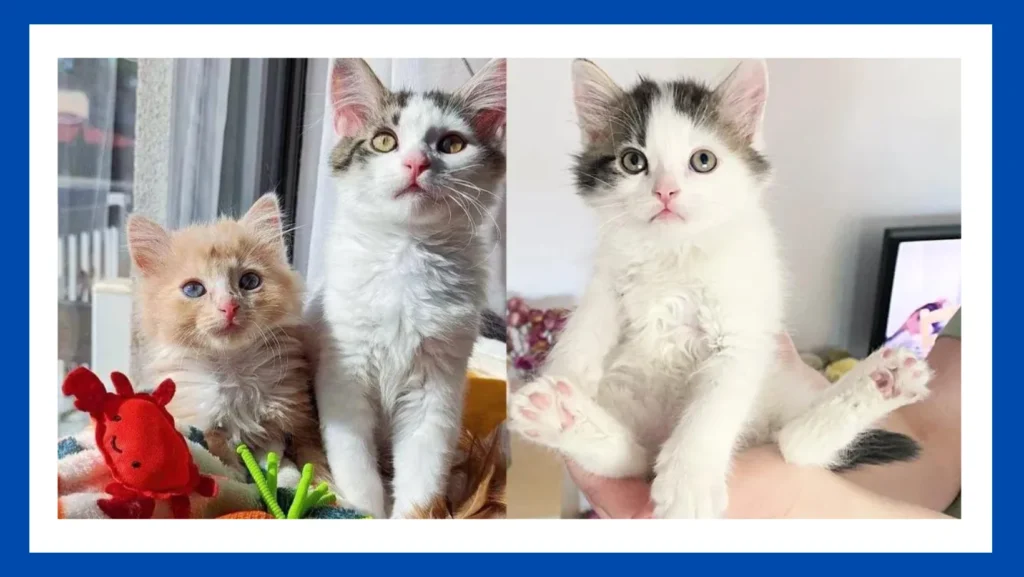
Kittens often have such a deep affection for their moms that it causes them to want to spend all of their time with the cats. But as was already indicated, the cat can get weary of raising the kitten and wish for them to live on their own. Thus, between 10 and 16 weeks, you can remove the kittens from the mother cat and tend to the young one.
The best moment to take kittens from their mother cat depends on many variables, including:
Weaning: Kittens usually become independent by the time they are 8 weeks old. They begin consuming solid food at this time and become less dependent on their mother’s milk.
Social Development: From their mother and siblings, kittens pick up social skills. Their social development may be impacted if they are separated too soon.
Health and Independence: Before being separated, kittens should be able to feed themselves, use the litter box, and take care of themselves.
Individual Circumstances: Occasionally, for the sake of the mother cat’s or the kittens’ wellbeing, an early separation may be necessary due to conditions like illness or behavioral problems.
It is generally recommended to hold off on separating kittens from their mothers until they are between 8 and 12 weeks old. During this time, they can acquire independence and learn important skills all while maintaining their wellness and social development.
Do Cats love it when you touch their Kittens?
No. Cats, especially ones who are unfamiliar with you, detest having their kittens touched by strangers. Another tactic they use to keep you away from their young children is maternal violence. Waiting until the kittens are self-sufficient and their mother is prepared to part with them is preferable if you truly love them. However, the mother would probably cry out for help or medical attention if they required it to alert you to the circumstance.
It genuinely depends on the cat in question. Certain mother cats are very okay with their kittens being touched by people, particularly if the kittens feel safe and secure in their surroundings. Other mothers, on the other hand, could be more protective and not like having their kittens handled by strangers, especially in the first few weeks.
It’s important to observe the mother cat’s behavior and respect her boundaries. It might be alright if she seems at ease with you taking care of the kittens but always proceed with caution and gentleness. Prioritizing the comfort and well-being of the mother cat and her kittens is vital.
The Bottom Line
In short, cats love and adore their kittens, but eventually, they part ways with them. Typically, moms abandon their infants to fend for themselves around 10 to 16 weeks. During this time, it’s advisable to avoid touching or going near the kittens because the mother can attack you if she senses danger. Additionally, reports indicate that well-behaved and more adept socializers are kittens who have stayed with their moms for extended periods. Even though they adore them, cats eventually force their kittens to live alone.
How Do Cats Retract Their Claws?
Domestic cats have claws, much like lions, tigers, and cheetahs do. These cats love accessories, sometimes known as murder mittens, that help cats climb, defend themselves from predators, get more traction, groom themselves, hold objects, and mark their territory. Even though they are incredibly helpful, cats may find their claws uncomfortable. They can grab drapes, furniture, and clothing, for instance.
For this reason, cats will retract their claws—both their front and back paws—when they are not in use. When not in use, their claws retract into a sheath that is built into the paw. The cat will tense its muscles and tendons to force the claws out when it needs to grab its meal or brush itself. After finishing the task, they let go of the muscles that keep the claws in their protective sheath. Not all cats, nevertheless, can pull back their claws.
Retraction of the claw is an innate reflex that can still be taught. Cats love to have to learn how to extend and retract their claws at a young age. It’s more important to exercise and strengthen the muscles and tendons so that they function at their peak when the cat becomes older rather than perfecting a specific technique. These paw components will be extremely weak and have poor function without practice. It indicates that when the claw is retracted, it won’t fully lengthen and come out of the sheath.
Because their muscles are at their best and their claws are shorter, young cats find it easy to retract. Retraction because protraction is more challenging for elderly cats because their muscles and tendons have weakened with age and their claws have become longer.
Why Do Cats Retract Claws?
Cats mostly retract their claws for utilitarian purposes. Living with long, sharp claws sticking out of your paw is uncomfortable, much like having long human fingernails. They can snag clothing and furniture, which restricts the cat’s range of motion.
Additionally, if the cat’s claw catches something while it’s sprinting, it might break easily, inflicting excruciating pain and denying the animal a vital weapon. For this reason, the cat will shield its claws by keeping them inside the sheath. It desires to employ this valuable tool and weapon only for specific tasks.
The cats love can move stealthily as well because of its retracted claws. Paws would make more noise if claws were out. Paw tendons, ligaments, and muscles contribute to protraction and retraction. The claw will be either within or outside the sheath, depending on how relaxed or rigid they are.
Muscles
The dorsal elastic ligaments are the primary players in retraction. They must shorten in response to a brain impulse, which pulls them back. Protraction requires energy and is an active process, as we have already discussed. The flexor and extensor muscles roll up and press the claw outwards to do this. It is important to note that the claw will not extend if one of these muscle groups is unable to flex. For protraction to occur, they must cooperate.
Every cat has a different retractable spine. It is dependent upon the distal and middle phalanx morphology of the cats love. The former’s mobility is limited by the latter. The distal phalanx, which comprises the claw, will have less space to move rearward if the cat has a large medium phalanx. To put it another way, the claw might not fully retract. This also depends on how long the claw is. Its tip might stay outside after retraction if it is particularly long. It is likely to retract completely if it is small or medium in size.
Protraction and retraction
The act of separating the claw from the paw is known as protraction. The paw muscles and tendon tighten when the cats love needs to climb, groom, mark territory, or kill a mouse; this forces the claw forward and secures it in place. This is more of an instinctual, subconscious action. Retraction is another instinctive behavior that occurs when a cat has completed grooming itself, scaling a fence, or catching its prey. It will instantly retract its claws to prevent harm, increase mobility, and conserve energy.
Cats retract their claws for a variety of reasons, one of which is to save energy. The key element is that their tendons and muscles are stiff while they are protraction. For them to stay contracted and perform at their peak, they require a lot of energy. However, when the claw is retracted, the muscles are relaxed, which explains why cats like to retract their claws.
How To Stop My Cat from Protracting Its Claws?
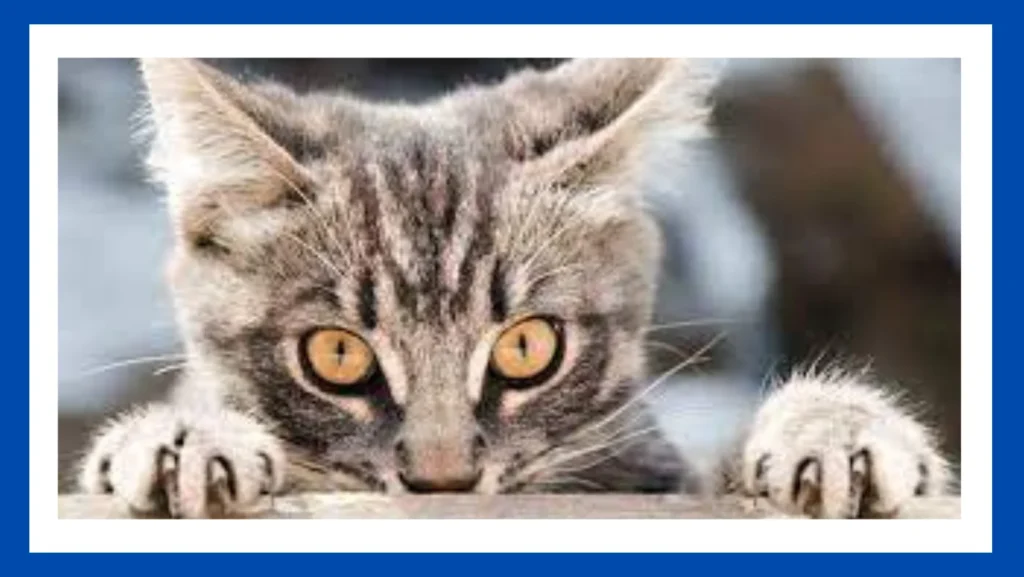
Compared to jungle cats, home cats seldom ever utilize their claws. However, a few of them may acquire the habit of extending their claws when it is not necessary. With its keen claws, they could tear the curtain or scrape the kitchen tabletop or wooden floor, for instance.
Limiting damage to your cat’s claws is greatly aided by proper trimming, which is covered in detail in our “how to trim your cat’s claws” tutorial.
Additionally, there are some actions you can do to put an end to any harmful conduct.
When your cats love scratching at something priceless, give it a stern, loud command to stop, then take it outside. This should communicate to your cat your disapproval of its behavior and your deep disappointment in it. It needs to quit scratching right away if it values your relationship.
In addition, the cat may become frightened by the high-pitched voice and immediately withdraw its claws. Use high-pitched sounds each time your mischievous pet claws at something, even though it might not work the first time.
However, we would certainly suggest a positive reinforcement approach first.
If the floor is bare, it is a good idea to cover it with carpets and rugs to reduce damage. For countertops, place anti-scratch film over them. To prevent your cat from directing its energy on furniture, provide it with a scratching post as well. A scuffed toy is still better than a scratched sofa, after all. Purchase inexpensive toys or construct your own since they are prone to being torn and scratched.
You might also think about giving nail caps a try but be advised that these can be challenging to put on. Additionally, caps may hinder your cat’s ability to defend itself against other animals in their region if they go outside.
Additionally, we have put together this incredibly helpful guide on cat claw coverings and caps.
How Do Cats Love Retract Their Claws: Summary
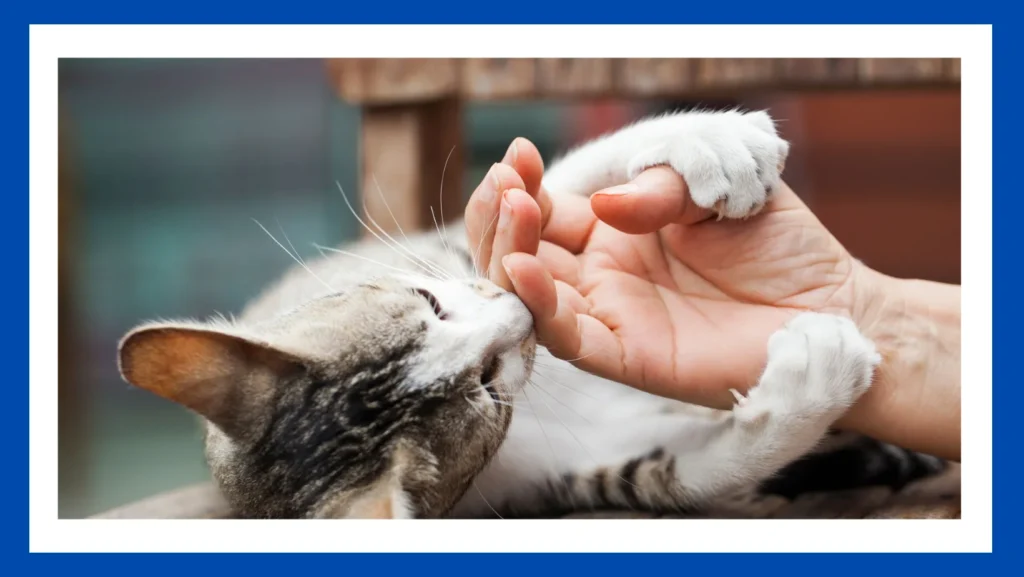
I hope this clarifies the mystery of “how do cats retract their claws” for you. In summary, a cat’s claws may be easily retracted to enable the animal to move freely and silently while preventing the claws from breaking off from various objects. The dorsal elastic ligaments, which are compelled to shorten and draw the claws backward by adjacent muscles, are involved in the retracting process.
The claws retract into a protective sheath after that. Although most domestic cats keep their claws out of the way, some of them like to playfully scratch things in the house. If your cat exhibits the same behavior, use the cat advice listed above to discourage it.
Do mother cats care about their adopted kittens?
Despite their reputation for independence, cats frequently exhibit surprising habits when taking care of their young. A fascinating facet of feline behavior is the bond between mother cats and the kittens they adopt. The care that mother cats give to their adopted kittens is a complex and multifaceted topic, despite popular perception to the contrary.
Even though mother cats’ love is different from human love, they nonetheless give their young kittens their all to safeguard them.
Understanding Mother Cats and Adoption
Mother Cat Behavior Towards Adopted Kittens
Mother cats have a natural tendency to be maternal even to those who are not their children. Many mother cats love show incredible tenderness and care for their adoptive kittens, just as they would naturally with their litter.
Factors Influencing Mother Cat’s Care
Environmental Influence
The mother cat’s reaction to adopted kittens is greatly influenced by her surroundings. A safe and cozy environment creates a favorable environment for mother cat care, allowing the mother cat to accept her job.
Maternal Instincts
Cats’ natural maternal instincts frequently take precedence over biological limitations. Mother cats with a strong sense of protectiveness and caring may view adoptive kittens as their own.
Observations and Studies
Case Studies and Research Findings
Mother cats’ encouraging behavior toward adopted kittens is highlighted by some research and observations. Mother cats’ deep-rooted caregiving instincts are demonstrated by the instances in which they nurse, groom, and shield adopted kittens.
Behavioral Dynamics
Social Interaction between Mother Cats and Adopted Kittens
Mother cats and adopted kittens frequently interact in a way that is similar to the relationship observed in biological litters. Playfulness, personal hygiene practices, and shared sleeping patterns strengthen the emotional bond even further.
Nurturing and Protection
Maternal Care and Support
Mother cats are incredibly committed to their adopted kittens. They give them all they need, including warmth, care, and direction, all to ensure their development and well-being.
Challenges and Exceptions
Instances of Rejection
Even though they are uncommon, mother cats may reject their adopted kittens for a variety of reasons, such as stress, disease, or an unsuitable environment.
Human Intervention and Assistance
Supporting the Relationship
Mother cats and adoptive kittens benefit greatly from human intervention, which provides support and creates an environment that is favorable to their interaction.
Fostering and Integration
Successful Integration Techniques
A solid link between cat mothers and adopted kittens can be fostered by implementing gradual integration procedures and making sure the introduction goes smoothly.
Emotional Bonds and Affection
Developing Connections
Mother cats frequently develop strong emotional ties with adopted kittens over time, showing them care and affection that goes beyond first boundaries.
Implications for Feline Behavior
Long-Term Effects
Over time, the dynamics of the interaction between mother cats and adopted kittens might have an impact on the socialization and behavioral patterns of cats.
Understanding Feline Families
Dynamic Nature of Cat Relationships
The complex and dynamic structure of feline relationships demonstrates the range and intensity of emotional bonds that exist between cats.
Maybe Useful
FAQs
Do mother cats love to recognize their adopted kittens?
Mother cats are frequently remarkably adept at identifying and embracing adopted kittens. Mother cats gradually recognize the kittens through a variety of indicators, including their behavior, vocalizations, and interaction, even if the initial recognition may take some time, especially owing to scent differences. After bonding, the mother cat will frequently act in a loving manner that is reminiscent of how she treated her litter.
What can be done if a mother cat rejects adopted kittens?
It’s critical to act quickly to protect the welfare of adoptive kittens when a mother cat rejects them. Giving the abandoned kittens a warm, comfortable, and distinct space becomes crucial. Furthermore, providing extra warmth, food, and attention while consulting a veterinarian or an animal behaviorist can assist in alleviating the situation and guarantee the kittens’ healthy growth.
How long does it take for mother cats love to accept adopted kittens?
It can take a mother cat varying amounts of time to accept her adopted kittens. It may occasionally take the mother cat several days or even a week to acknowledge and accept the adopted kittens as her own. But this timescale can vary depending on the particular conditions and the behavior of each cat. This acceptance phase can often be accelerated with the help of gradual integration strategies, quiet surroundings, and patience.
Can a mother cat nurse adopt kittens alongside her biological litter?
Mothers can nurse both their biological and adopted kittens at the same time. All of the kittens in their care frequently benefit from their loving tendencies. Sharing nursing sessions necessitates making sure all kittens receive enough nutrients and keeping an eye on their health.
Is it common for adopted kittens to bond with the mother cats love?
Adopted kittens do, in fact, frequently form strong bonds with their mother cats. Adopted kittens form deep emotional attachments with their mother cat through continuous interaction, shared environments, and caring care. This relationship could be a reflection of the love and nurturing that exists between biological kittens and their mother.
Conclusion
Finally, the fascinating bond between adoptive moms and their kittens highlights the complexity of feline behavior. Mother cats love’ adaptable nature, emotional ties, and maternal instincts go beyond biological limitations to provide an intimate look at the complex world of feline families.


